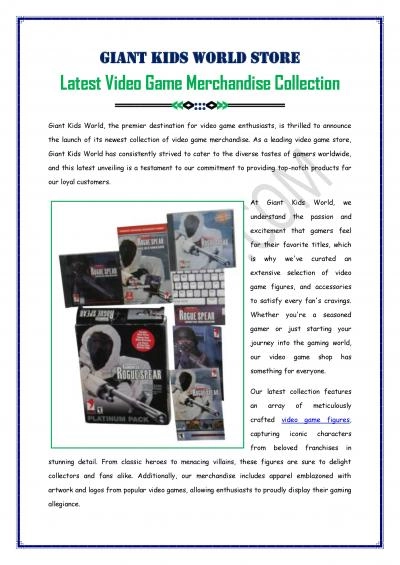PPT-Improving Performance in Your Game
Author : tawny-fly | Published Date : 2015-10-10
DirectX 12 Bennett Sorbo Program Manager Direct3D Windows Graphics Agenda Overview Improving GPU efficiency Reducing CPU overhead Summary Next Steps Overview DirectX
Presentation Embed Code
Download Presentation
Download Presentation The PPT/PDF document "Improving Performance in Your Game" is the property of its rightful owner. Permission is granted to download and print the materials on this website for personal, non-commercial use only, and to display it on your personal computer provided you do not modify the materials and that you retain all copyright notices contained in the materials. By downloading content from our website, you accept the terms of this agreement.
Improving Performance in Your Game: Transcript
Download Rules Of Document
"Improving Performance in Your Game"The content belongs to its owner. You may download and print it for personal use, without modification, and keep all copyright notices. By downloading, you agree to these terms.
Related Documents


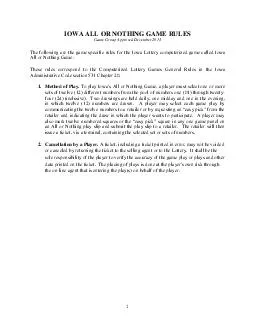
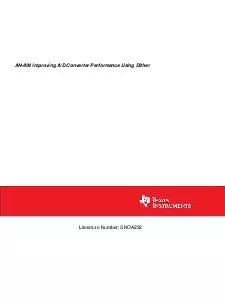

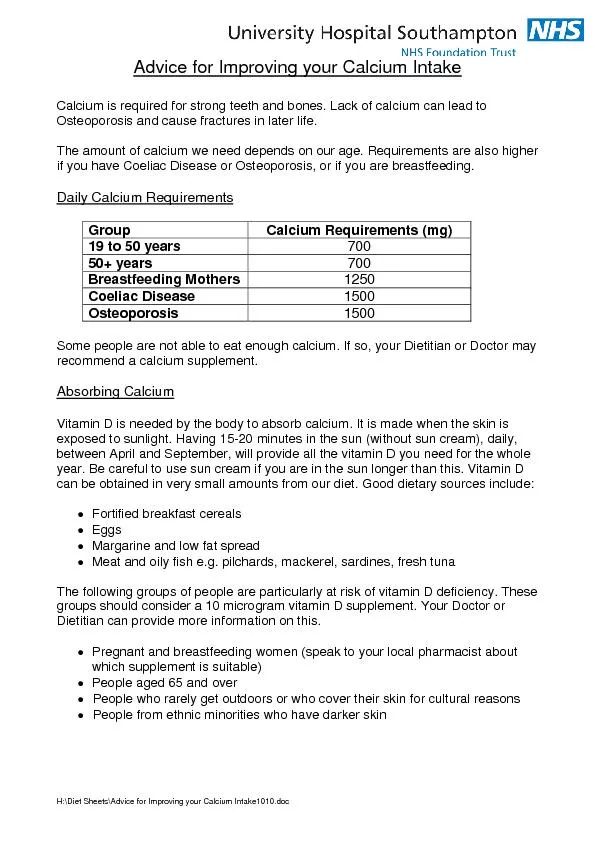




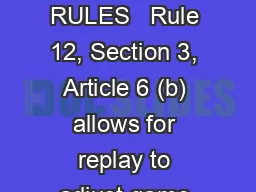
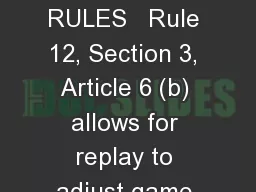

![[DOWLOAD]-Game Development Planner: My Great Game Ideas - Video Game Design Book - For](https://thumbs.docslides.com/990762/dowload-game-development-planner-my-great-game-ideas-video-game-design-book-for-game-developer-game-designer.jpg)
